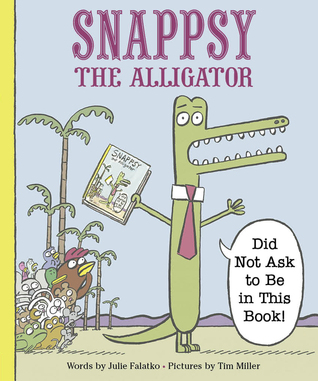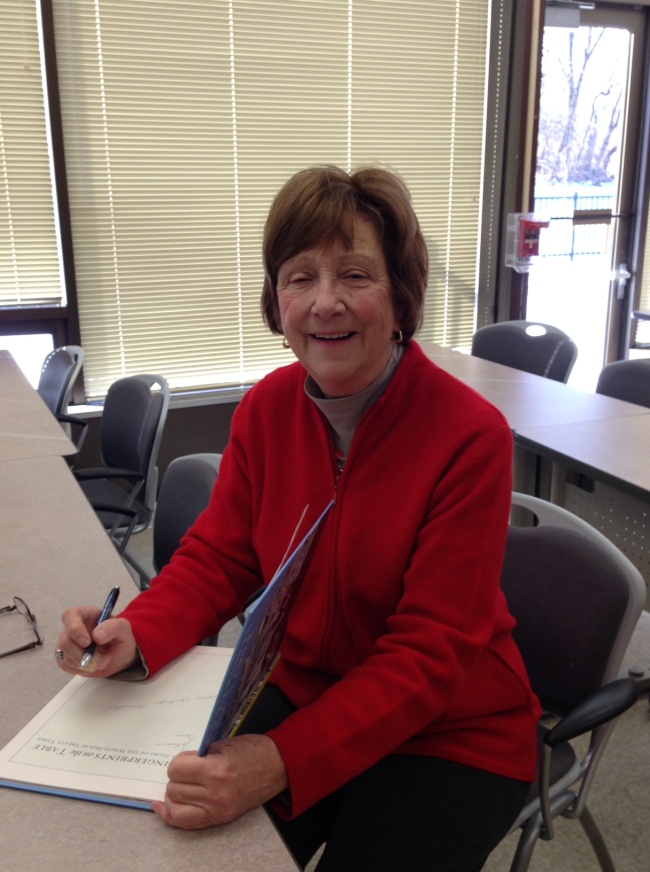
I met children’s author Miranda Paul at the Northern Ohio SCBWI conference last year when she sprang unannounced into my hotel room with her famously infectious laugh and we became fast friends. We already knew each other through Facebook and we had promised to meet up and get to know each other better at the conference. You can learn more about Miranda too at her website, MirandaPaul.com.
Miranda is the author of several picture books available on Kindle, but she didn’t become well-known until her first traditionally published picture book, One Plastic Bag (2015) made international news. Since then, Miranda has published four other picture books and has another two scheduled for publication next year.
Coming Soon:
Blobfish Throws a Party – illus. Maggie Caton
Are We Pears Yet? – illus. Carin Berger
And now on the cusp of the publication of her newest picture book, 10 Little Ninjas, I have the pleasure of interviewing Miranda about writing and persistence. Miranda answered all my questions thoughtfully and completely. I’m excited to share her insights with you too!
ME: As a former educator, I’m always interested in author’s previous professional lives. What can you tell us about yourself before you became a world famous author? How did this help your writing career? What non-writing experience was the most influential in your writing success?
MIRANDA: To answer your first question, I’ll tell you what I tell kids in many school visits—and in the back matter of my book Whose Hands Are These?—that I’ve had many different jobs, and that’s OK. I’ve been a teacher, a store cashier, a volunteer zookeeper, and more. I think every experience helps my writing career, because there’s no replacement for tapping into a personal memory. Exposure to something new or learning a skill outside the writing subset expands your bubble.
To answer the last question, it’s hard to say what non-writing experience has been the most influential. Participating in drama and theatre taught me how to take criticism and direction. I learned the importance of working collaboratively with others toward a final, polished production. I often hear from writers how much they fear “not having control” of their book (or illustrations) when traditionally publishing. I’ve never met Nate Wragg, illustrator for 10 Little Ninjas, and it’s Karen Greenberg’s first acquisition for Knopf Books for Young Readers. Yet through trusting them (and so many others at Penguin Random House), the book has become an Amazon Best Book of the Month for August and was reviewed in School Library Journal and Publisher’s Weekly. Learning to trust and honor the expertise of other creatives was something I didn’t have to overcome. I have professionals such as April Deming and Michael Tolaydo to thank, because they taught me these lessons and more.
ME: Have you found a difference in being accepted inside or outside of your own community? (Do people see you differently based on how long or in what capacity they knew you before you became a writer?)
MIRANDA: I’m not really sure how to answer this. People are always longing for acceptance in some capacity, especially young people. But gaining acceptance from peers or the community isn’t why I write. I’ve always loved writing, and have always done it. In fact, being a kid who liked to write poems or stories until 2 a.m. often made me feel quite different, the opposite of someone who’s accepted, you know?
ME: What specific obstacles did you face while working on becoming a published author?
MIRANDA: Oh, there are many. And I know other authors who have overcome much greater odds. There’s balancing family life (not unlike dad and the sensei in 10 Little Ninjas!), and there’s rejections of course. My newest book, 10 Little Ninjas, was rejected multiple times—even by my own agent at first—and once turned down after being rewritten three times for the same house. But there’s one obstacle bigger than rejections—the obstacle of yourself. We doubt our abilities, we keep our work to ourselves in fear that it’s not good enough. Once I learned to take myself seriously, I found momentum. Momentum is huge.
ME: How do you manage your professional time, especially in terms of speaking engagements?
MIRANDA: I have really large calendars, and a couple of people who help me keep things straight. Recently, I’ve had to turn down a few requests, which breaks my heart, because if there’s a teacher or group of kids or festival that invites me, the person inside is saying “YES! YES! YES!” But the calendar is saying, “Think again, Sister.” So, I let the calendar rule my life to keep some sense of order.
ME: Have you ever had an idea that just didn’t gel? What do you do with these gems?
MIRANDA: All the time. One of my first picture book manuscripts, for example, which I tried pitching at a conference once, was an inanimate-talking-object story with a holiday and religious twist. With a moral! Sometimes, stories need to be tucked away, or saved for family. Other times, an idea isn’t quite ready to be developed. I keep an idea notebook where I write them all down. I will never, ever run out of things to write about. The best ideas find me, and keep nagging until I can’t not write them. Like my new one about inanimate talking objects written in all dialogue, coming out in 2017 called Are We Pears Yet? (Ha! Never say never when it comes to breaking the writing rules!). It’s illustrated by Carin Berger and published by Neal Porter Books.
ME: What would you say is the major hurdle to traditional publication?
MIRANDA: For me, it was first realizing this career was even a possibility, and then deciding to go for it. I’d written my whole life, but never knew much about getting a book published or really made it a goal. Another hurdle was then getting my work out there, on submission, because I never considered it “ready.” I’m a natural editor; I tinker with manuscripts for years and still might not consider it done. The work could always be better, I think. I can’t say what the major hurdle is for other people. I often hear from people who have an idea but haven’t actually started writing, let alone revising. Finishing something is a lot of work, especially when the perception is that writing for kids is easy or fun or a hobby. I’m grateful for my B.A. in English every single day, but even more grateful for not allowing myself to get too distracted by building a platform, marketing, etc. before I’d even built a large body of work.
ME: What other writing experiences have you undertaken?
MIRANDA: I’ve written a YA novel, a screenplay, hundreds of poems, and have freelanced for newspapers, magazines, and even app/game companies. I’ve taught writing, and continue to teach workshops when I can. There’s very little I haven’t done, and I think that helps me improve and grow as a writer.
ME: What plans do you have for your future self?
MIRANDA: Keep on keeping on, mostly. I am collaborating with my husband, Baptiste Paul, on a few manuscripts that we’re very excited about.
ME: What advice would you give aspiring authors?
MIRANDA: In the words of Roxette, “Listen to your heart.”
I love the quote! Thanks for interview Miranda. Let’s wrap this up with one last bonus question.
ME: What one worthwhile question have you NEVER been asked? (And what’s the answer to that question?)
MIRANDA: I don’t often get asked about my favorite desserts. They are (in order): tiramisu, chocolate-covered strawberries, and Special K bars.
And for those of you who want to follow Miranda on social media, you can find her on Facebook, Twitter, and Goodreads.
Tags: authors, children's authors, Children's literature, picture books, writing
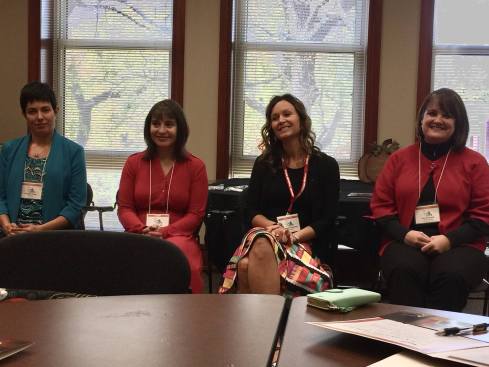
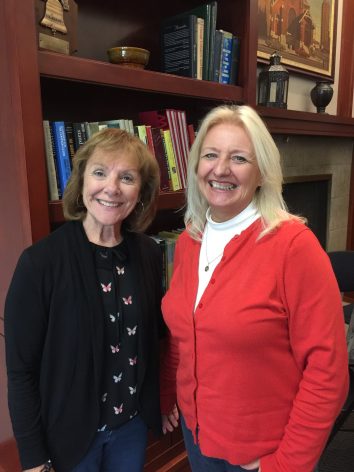









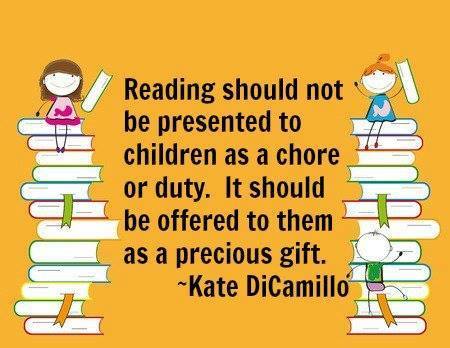
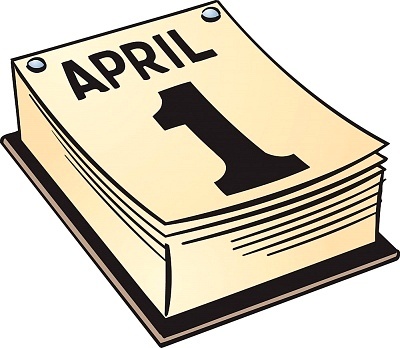






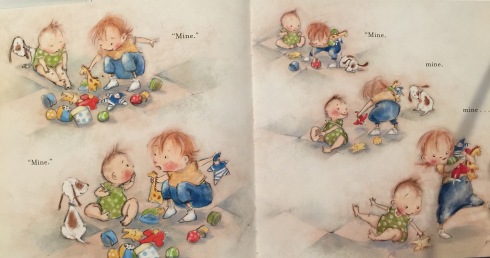
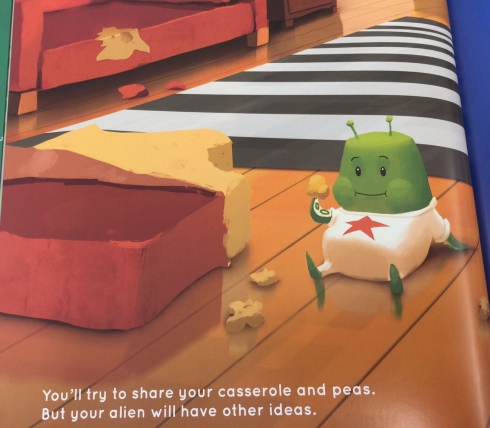





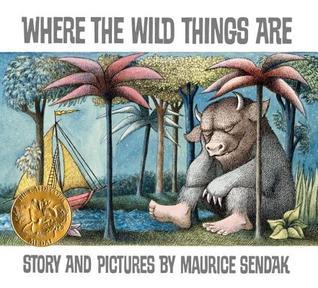

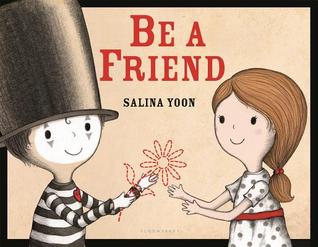
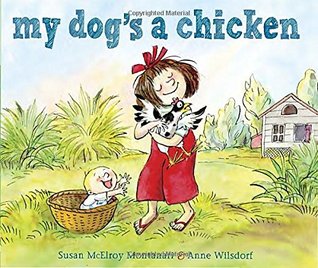

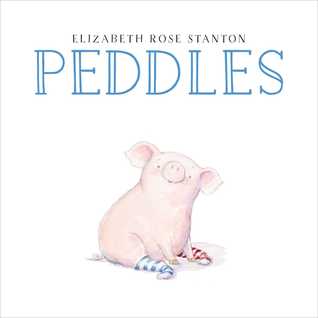
 I’m running in place, listening to my feet pound the pavement.
I’m running in place, listening to my feet pound the pavement.
